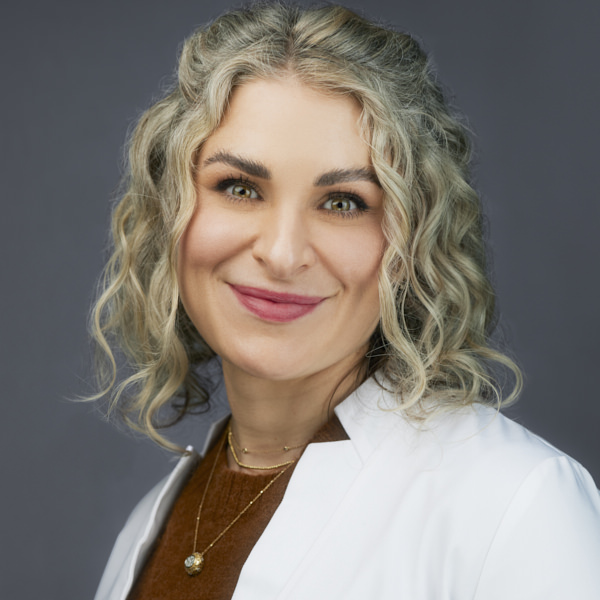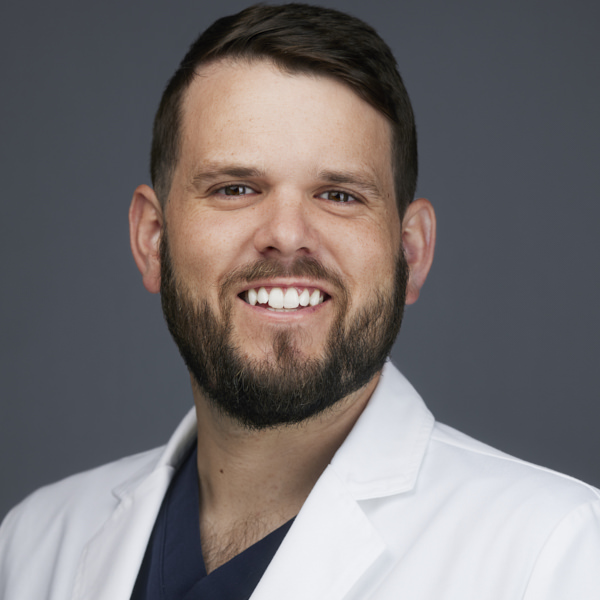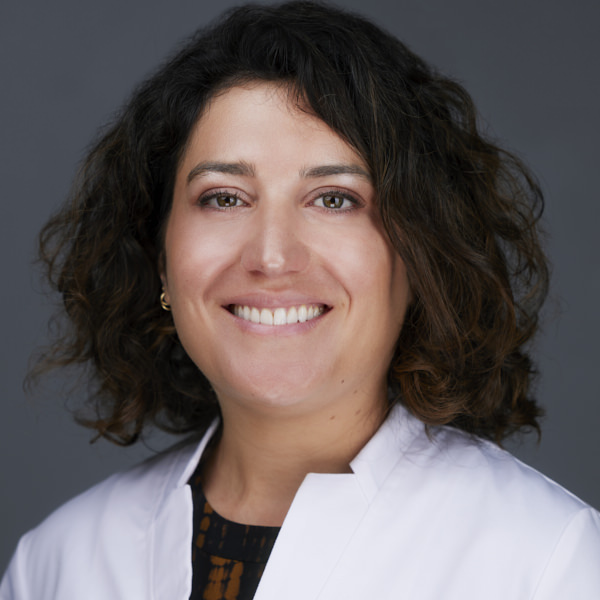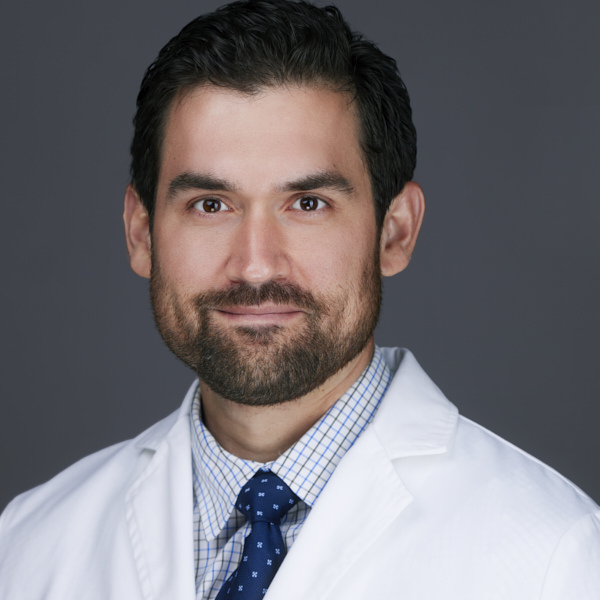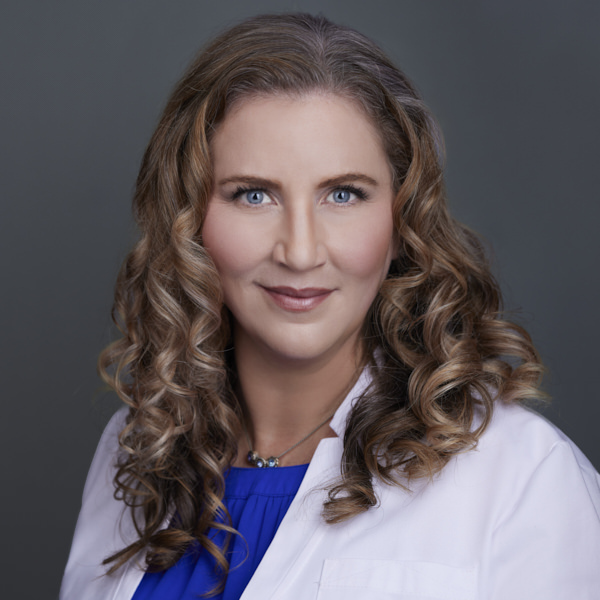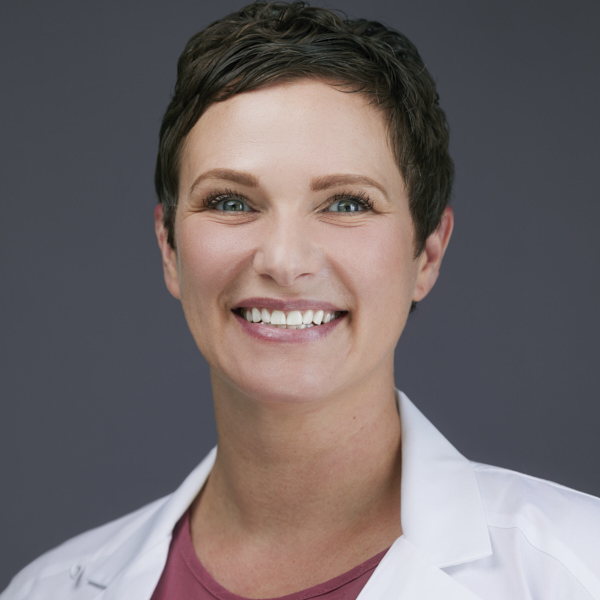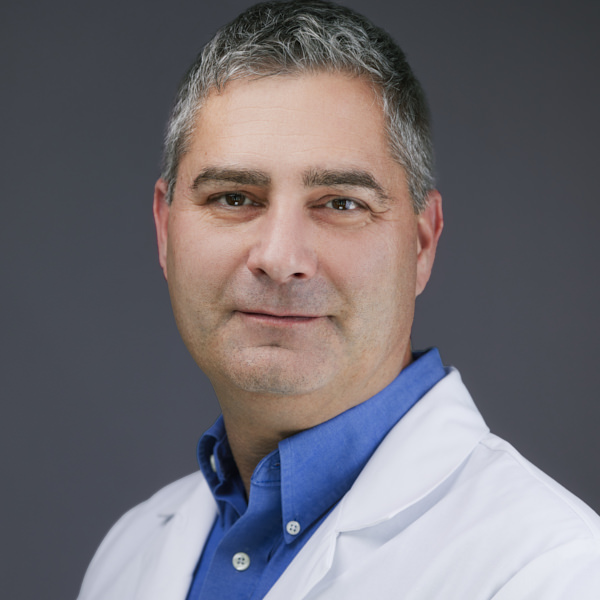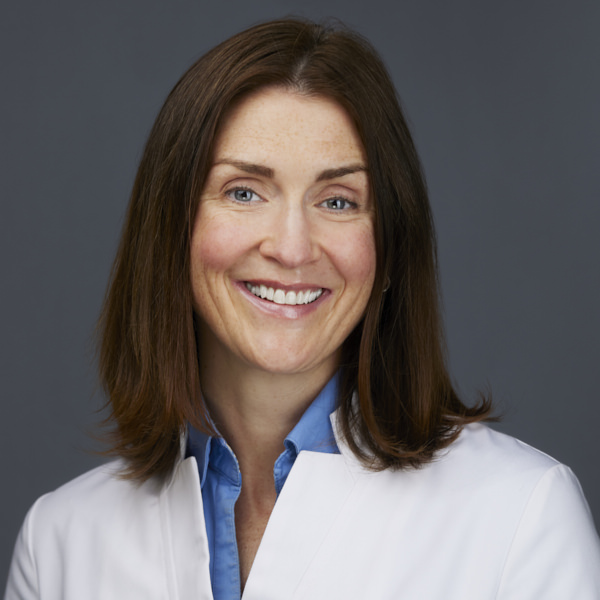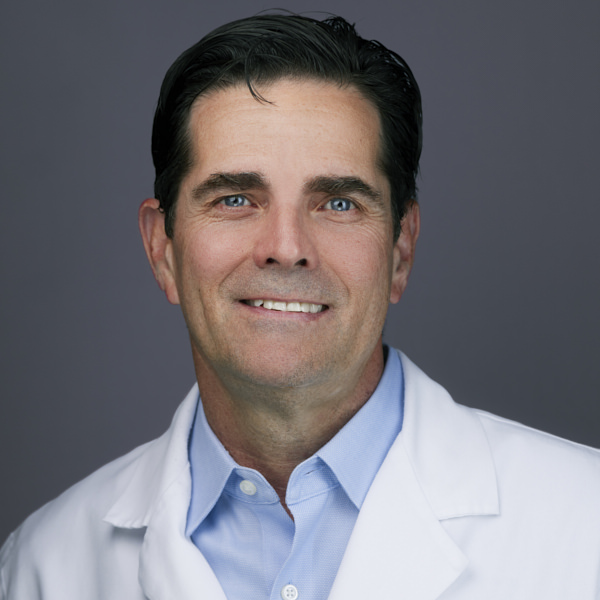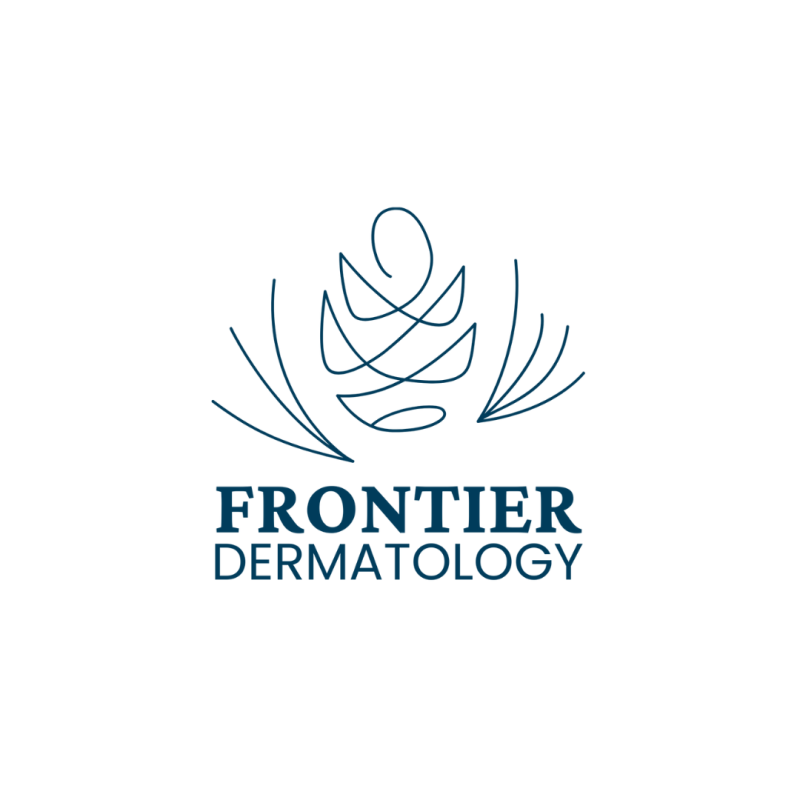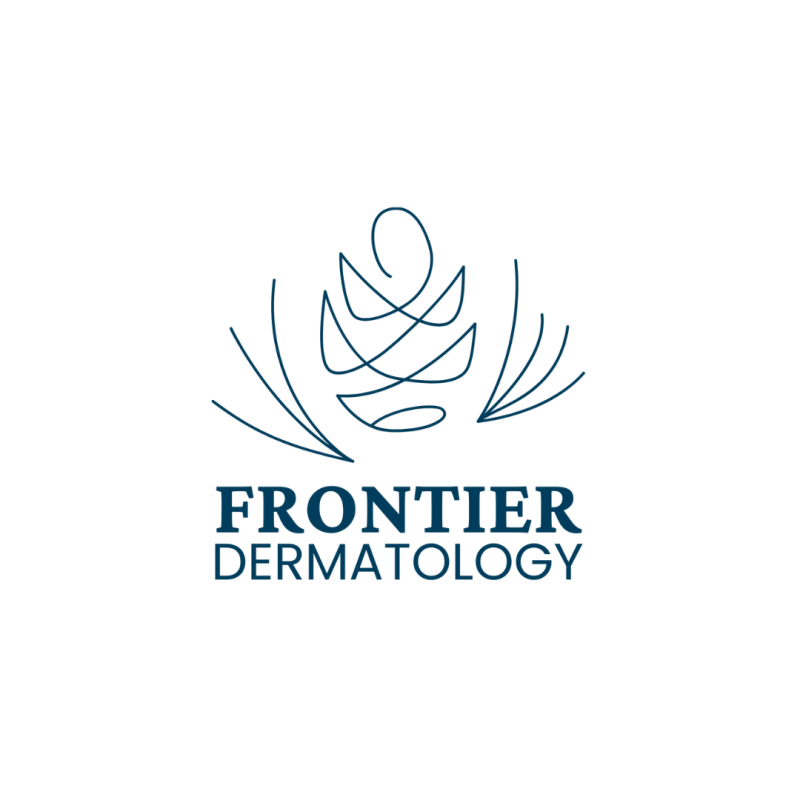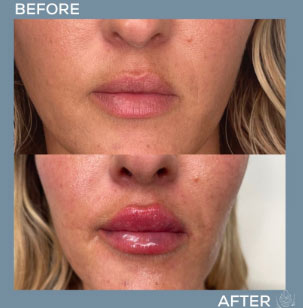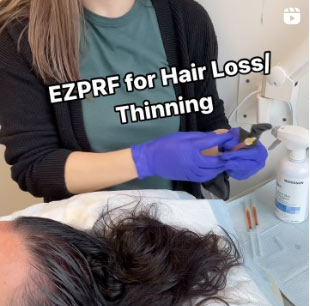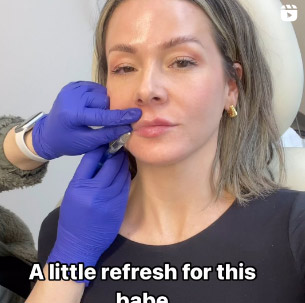Who we are
Frontier Dermatology is the largest physician-owned and physician-led dermatology practice in the Pacific Northwest, offering medical and cosmetic dermatology services across 35 convenient office locations throughout the region. We offer patients living in Washington and Oregon local access to innovative, safe, and effective treatments from a team of over 120 leading providers, including board certified dermatologists, advanced practice clinicians, and cosmetic professionals, using the latest research, technology, and techniques to deliver high-quality results.
Find Your Skin Care Solution
Medical Services
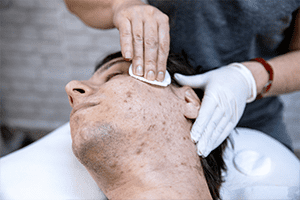
Acne Treatment

Eczema and Psoriasis Management
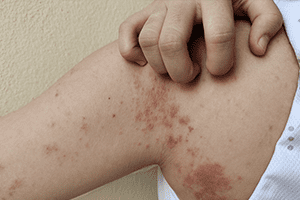
Autoimmune Disorder Management
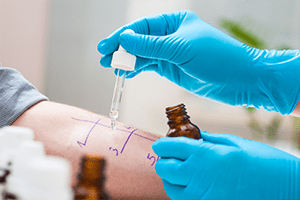
Dermatitis and Allergy Testing

Superficial Radiotherapy (Soft X-Ray Therapy)
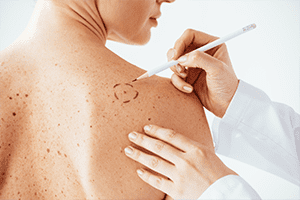
Mohs Micrographic Surgery
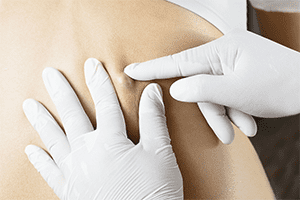
Cyst and Growth Removal
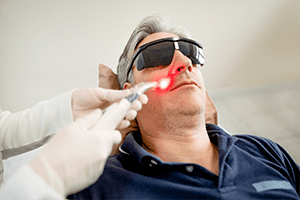
Scar Revision
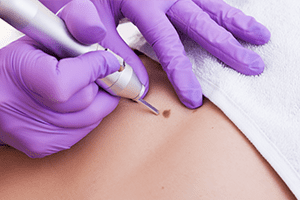
Mole Evaluation and Removal
Cosmetic Services
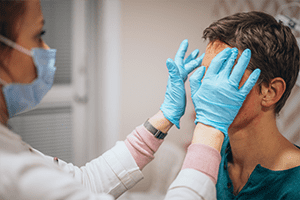
Acne Scars

Chemical Peel
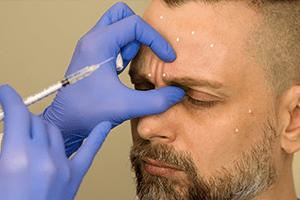
Dermal Fillers & Injectables

Facials

Laser Hair Removal
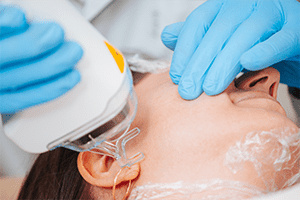
Laser skin resurfacing
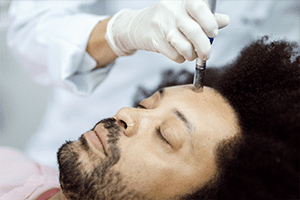
Microneedling
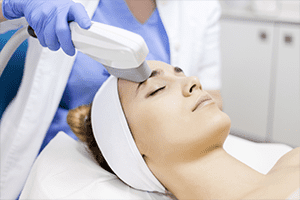
Skin Tightening
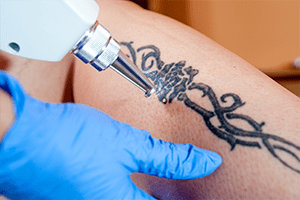
Tattoo Removal
Find Your Dermatology Professional
Frontier Dermatology has the most qualified team in the Pacific Northwest, with highly skilled dermatologists, advanced practice clinicians, and cosmetic professionals that have earned regional and national recognition for their exceptionally high level of care, proven patient outcomes and cutting-edge research.
Our Locations
Frontier Dermatology offers medical and/or cosmetic skin care solutions at 35
convenient office locations throughout Washington and Oregon.
We are The Largest Dermatology
Practice in the Pacific Northwest.
Lives We've Changed
In the Spotlight
New breakthrough treatment available for nonmelanoma skin cancer
MILL CREEK, Wash. — Every day, more than 9,500 people are diagnosed with skin cancer in the U.S. It’s the most common form of cancer. While very treatable, most people rely on surgery for a cure.
Last year doctors told Cheryl Cayford they’d found a cancerous spot on her nose. A feature, she’s quite fond of.
“My daughter has my nose. My second daughter has my same feature. And my granddaughter. So, it was very...
Our Industry Leading Lab Capabilities
Frontier Dermatology’s platform is enhanced by our integrated lab led by a team of board-certified dermatopathologists. We provide a variety of in-house lab services, prioritizing precise and efficient diagnoses to put the patient first. Our laboratory team prides itself on excellent communication and collaboration with clinical providers in the Pacific Northwest who trust Frontier Dermatology for effective and reliable lab solutions.

Our World-Class Research Program
Led by some of the top dermatologists and researchers in the country, our exceptional research program drives innovation that powers treatment capabilities offered only at Frontier Dermatology, as well as discoveries that are shared throughout the industry to improve skin care worldwide.
Our Prestigious Residency Program
Frontier Dermatology is honored to host both an immersive dermatology residency and an esteemed Mohs surgery fellowship—two of the most sought-after programs in medicine.

#frontierdermatology
Stay in the know.
Subscribe to our newsletter and get weekly updates on dermatology, exciting events, special offers, and much more.

